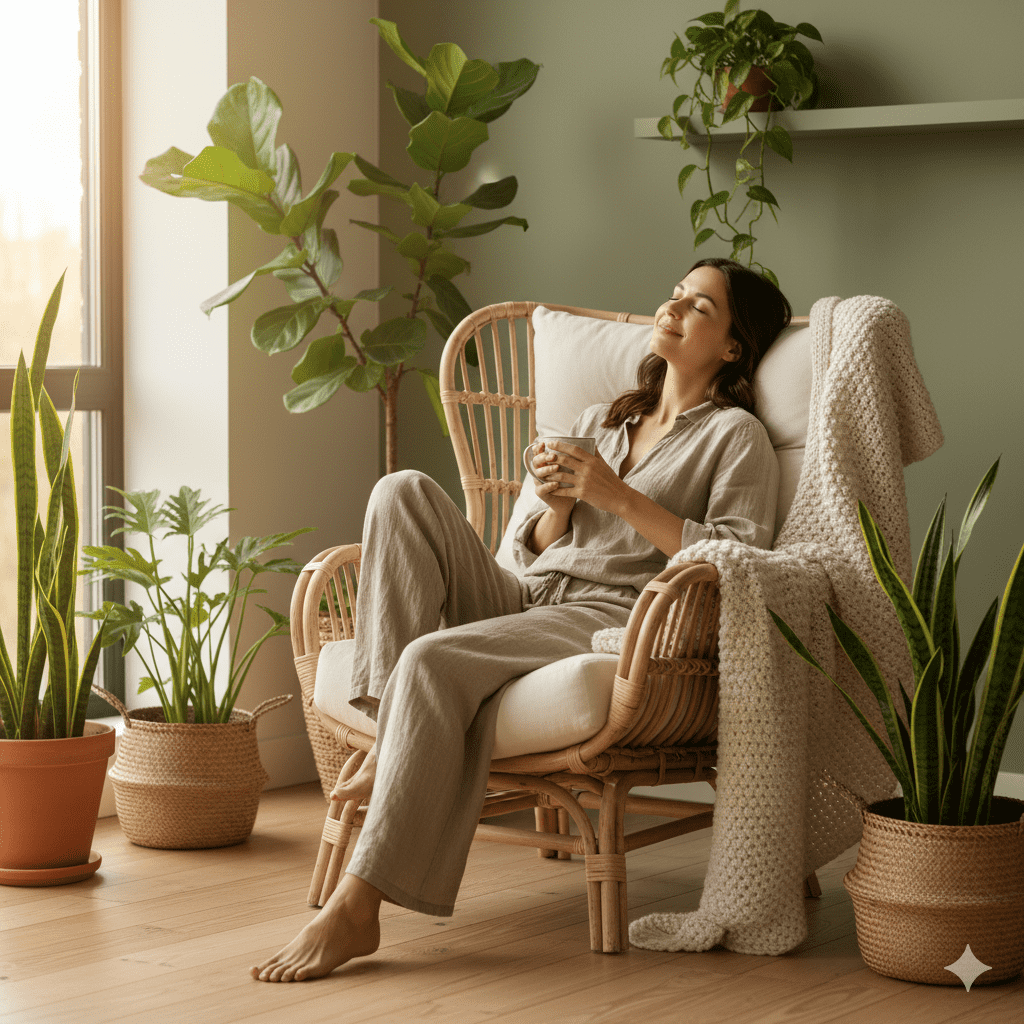Our brains are ancient instruments navigating a modern world, and the disconnection shows up in subtle but profound ways throughout our daily lives. The synthetic environments we’ve created trigger stress responses that our ancestors never experienced, while natural materials activate neural pathways evolved over millions of years of forest dwelling.
Recent neuroscience research reveals fascinating insights about how we process natural versus synthetic materials. When we see wood grain or stone texture, our brains recognize familiar patterns that require minimal processing energy. The irregular, organic patterns found in nature actually relax our visual cortex, while the perfect uniformity of synthetic surfaces requires constant cognitive work to process.
Touch amplifies these effects dramatically. Running your hand along a wooden tabletop activates pressure receptors that send calming signals to your parasympathetic nervous system. The slight warmth and varied texture create a sensory experience that synthetic laminates cannot replicate. This isn’t imagination – it’s measurable physiological response.
The thermal properties of natural materials play crucial roles in our comfort and stress levels. Wood remains warm to the touch because it conducts heat poorly, creating immediate comfort when we interact with wooden furniture. Stone and ceramic moderate temperature naturally, creating microclimates that help regulate our body’s comfort systems without conscious effort.
But perhaps most intriguingly, natural materials seem to activate what researchers call “soft fascination” – the gentle, restorative attention we experience in nature. Unlike the “hard fascination” demanded by screens and synthetic stimuli, natural materials allow our minds to rest while remaining gently engaged.
The implications for our homes are profound. Surrounding ourselves with natural materials isn’t just an aesthetic choice – it’s a neurological intervention that supports our mental health in ways we’re only beginning to understand. Every synthetic surface replaced with natural alternatives is a small gift to our overwhelmed nervous systems.
